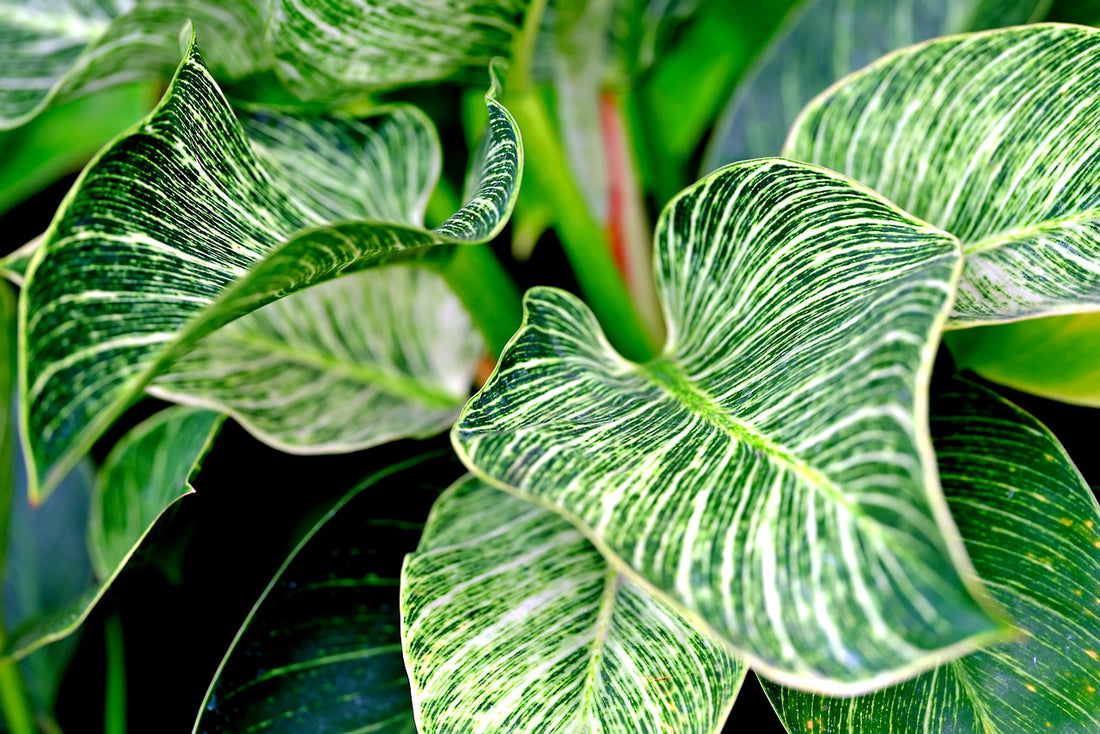Philodendron Care Sheet: Tips for Thriving Philodendron Plants
Philodendrons are popular houseplants known for their lush foliage and easygoing nature. Whether you're a seasoned plant enthusiast or a beginner, these care guidelines will help you keep your Philodendron plants thriving and looking their best.
Light:
-
Bright, Indirect Light: Philodendrons thrive in bright, indirect sunlight. Avoid direct sun exposure, as it can scorch the leaves. Place them near a window with filtered light or several feet away from a sunny window.
-
Low-Light Tolerance: Some Philodendron varieties, like the Heartleaf Philodendron (Philodendron hederaceum), can tolerate lower light conditions, making them suitable for rooms with less natural light.
Temperature:
- Philodendrons prefer temperatures between 18°C to 27°C during the day and slightly cooler temperatures at night. Avoid exposing them to drafts and temperature extremes.
Watering:
-
Allow the top inch (2.5 cm) of the soil to dry out before watering. Water thoroughly, ensuring that excess water drains from the pot. Empty the saucer under the pot to prevent waterlogged soil.
-
In low-light conditions, reduce the frequency of watering to prevent overwatering, as the plant will require less moisture.
Humidity:
- While Philodendrons can adapt to average indoor humidity levels, they appreciate higher humidity. Increase humidity by misting the leaves regularly, using a humidity tray, or placing a humidifier nearby, especially in drier climates or during the winter months.
Fertilization:
- Feed your Philodendron every 4-6 weeks during the growing season (spring through early autumn) with a balanced, water-soluble fertilizer. Reduce or eliminate fertilizer during the dormant winter months when growth slows.
Pruning:
- Trim yellowing or damaged leaves to maintain the plant's appearance and redirect energy to healthy growth. Use clean, sharp scissors or pruning shears.
Support and Training:
- Some Philodendron varieties, such as the Philodendron Monstera, benefit from support structures like stakes or trellises to help them climb and maintain an upright shape. Regularly tie or gently attach vines to the support structure as they grow.
Pests and Diseases:
-
Keep an eye out for common pests like spider mites and mealybugs. If you notice an infestation, treat it promptly with insecticidal soap or neem oil.
-
Ensure good air circulation around the plant to prevent fungal diseases. Avoid overwatering, which can lead to root rot.
Repotting:
- Repot your Philodendron every 2-3 years or when it becomes root-bound. Choose a slightly larger pot with well-draining soil and refresh the potting mix to provide nutrients for healthy growth.
By following these care guidelines, you can enjoy the beauty of thriving Philodendron plants in your home or office. These resilient and versatile houseplants will reward you with their lush foliage and make a stunning addition to your indoor garden.

